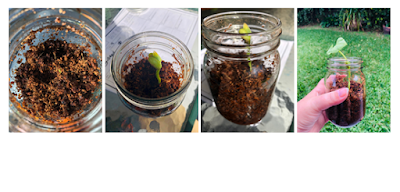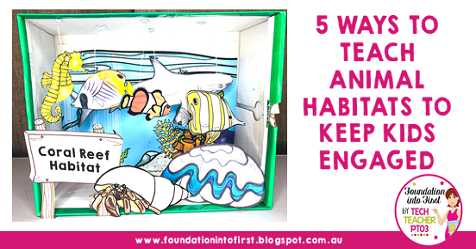I love using picture books with young children, not only because they are brightly coloured and highly engaging (if that wasn't reason enough!) but they can give you simple ideas for structuring lessons.
In fact, I often will structure a whole lesson around a picture book when teaching because there is SO much you can do with them!
I love this Pete the Cat book Pete the Cat and his four groovy buttons.
You can purchase this book here.
This book has a simple story of Pete who loses his buttons on his coat. Read it aloud and count the buttons back with Pete as they pop off until he has none left (except his belly button!).
This simple story is the perfect example of an everyday maths situation (apart from the talking cat of course!) and a great introduction to maths problem-solving for little learners.
After you have read the story you can model an activity where you draw a cat with a coat and rub out the buttons as they pop off. What you're doing is introducing a countback strategy with maths and you can switch to a count-on to show the reverse. You can build a whole maths lesson around this story and students could even try writing their own story.
Here is how I extend the use of this book with students:
Introduce or reinforce that early maths vocabulary of 'add', 'more', 'some' etc.. because comprehension skills are essential in any maths problem-solving activity. Read the question aloud and write it on the board. Ask the students "What does this question want me to do?" and when they answer ask them "How do you know that?". Get students into the habit of identifying and circling the keywords in the question (in this case 'add').
Observe what strategies students use. Do they throw the buttons on and then count? Do they count first and add them together? Do they use the count-on strategy - starting with the button that is already on the coat? This will tell you a lot about their counting and problem-solving abilities.
The most important part of the problem-solving steps, checking. Students frequently overlook this step but it's essential they learn to check their answers, even when they are sure they are correct!
Now move your students from the concrete to the abstract by getting them to write the sum down. So they can make those important connections.
Extend your students by giving them new maths problems (make sure they are everyday style questions to help students make those connections to the real world) or see if your students can create their own maths problems. Get students to design their own worksheets and pass them to a friend in the class to solve! You could even get them to mark them and give feedback!
If you'd like a copy of these worksheets, you can subscribe to my freebie library and access these and lots more free teaching resources at www.techteacherpto3.com/freebies.





















































